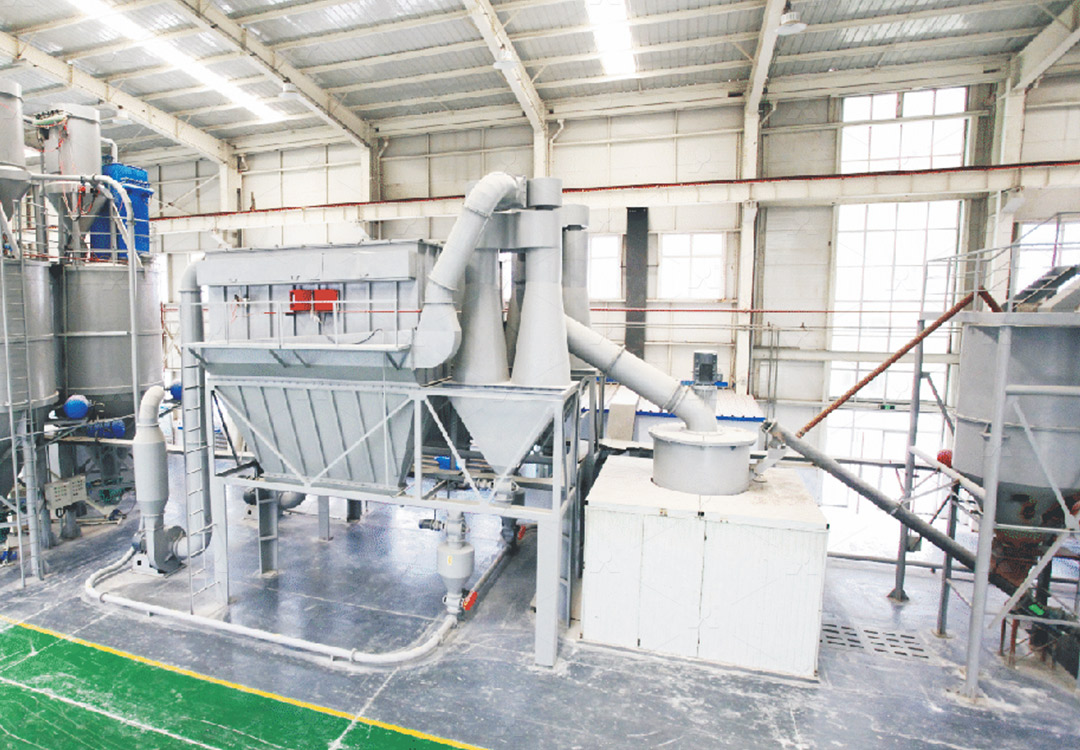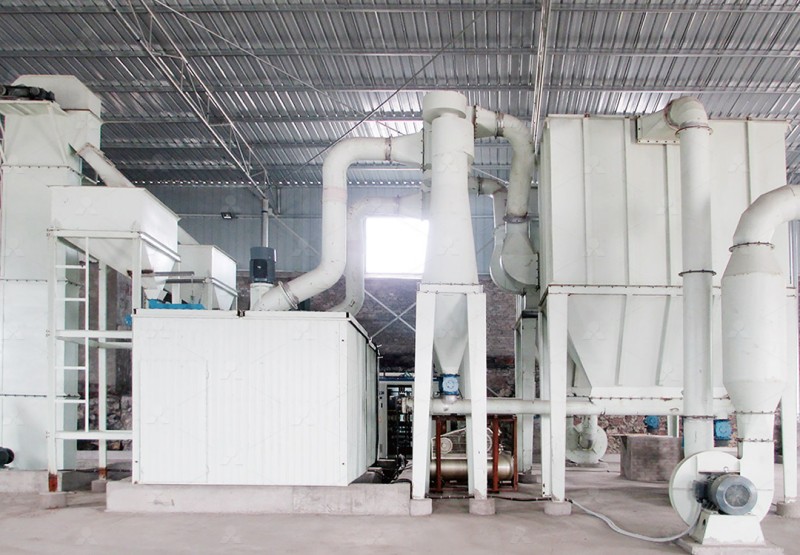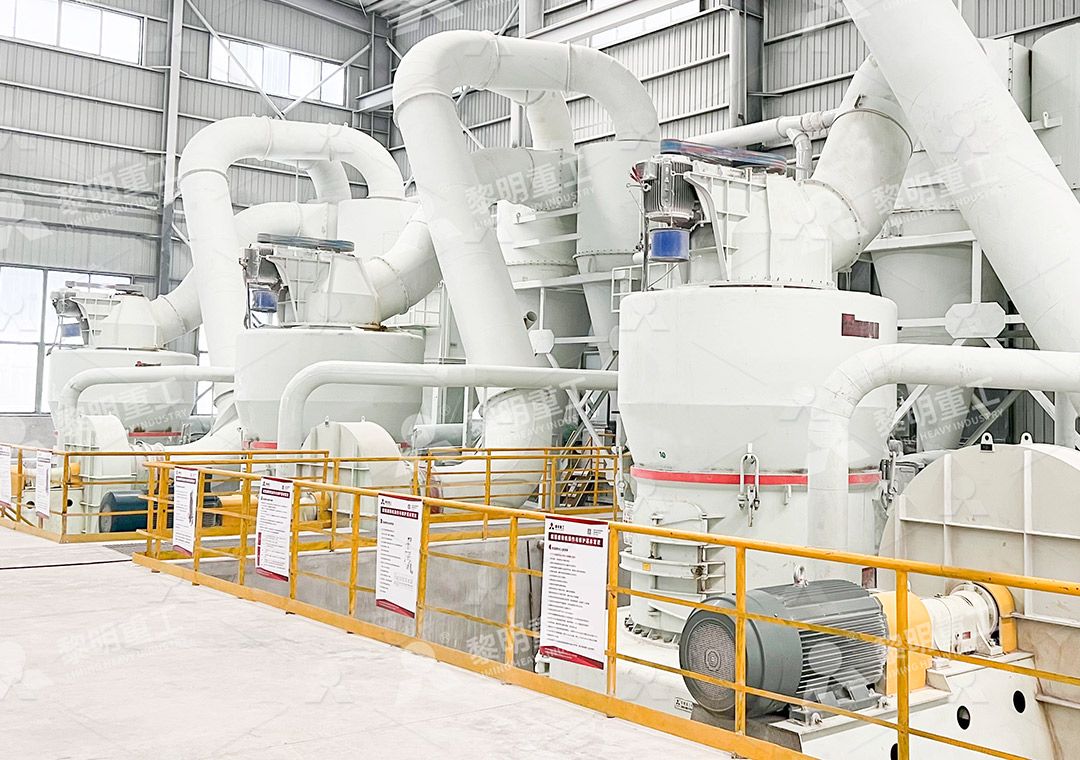Used Mineral Grinding Mill Machines for Sale – Find Your Industrial Grinding Solution
Finding the Right Industrial Grinding Solution
In today’s competitive industrial landscape, acquiring reliable grinding equipment doesn’t always require substantial capital investment in brand-new machinery. The market for used mineral grinding mills offers robust, high-performance solutions that can meet diverse production requirements while optimizing operational costs. Whether you’re processing limestone for construction materials, grinding coal for energy production, or creating ultra-fine powders for chemical applications, there’s a pre-owned grinding mill that can deliver the precision and efficiency your operation demands.

When evaluating used grinding equipment, it’s crucial to consider not just the initial purchase price but the total cost of ownership. This includes energy consumption, maintenance requirements, spare parts availability, and operational lifespan. Modern grinding technologies have made significant strides in energy efficiency and environmental compliance, meaning even previously owned equipment can offer substantial advantages over older conventional systems.
Key Considerations When Selecting Used Grinding Equipment
Before committing to a used grinding mill, thorough inspection and understanding of your specific material processing needs are essential. Consider the hardness, moisture content, and abrasiveness of your raw materials, along with your required production capacity and final product fineness. The grinding principle—whether impact, compression, or attrition—should match your material characteristics for optimal performance.
Maintenance history, wear part condition, and availability of technical support should factor heavily into your decision. Reputable manufacturers typically design their equipment with serviceability in mind, ensuring that critical components remain accessible and replaceable throughout the machine’s operational life.
Advanced Grinding Solutions for Demanding Applications
For operations requiring ultra-fine powder production with precise particle size distribution, the MW Ultrafine Grinding Mill represents a sophisticated solution worth considering. This machine handles input sizes up to 20 mm with capacities ranging from 0.5 to 25 tons per hour, making it suitable for various mineral processing applications. Its innovative design eliminates rolling bearings and screws within the grinding chamber, significantly reducing maintenance concerns related to bearing failures or loose fasteners.

The MW series stands out for its exceptional energy efficiency, consuming approximately 30% less energy compared to jet grinding mills while achieving 40% higher production capacity. With adjustable fineness between 325-2500 meshes and advanced German powder separation technology, this equipment delivers consistent results across diverse materials including limestone, calcite, dolomite, gypsum, barite, and various chemical compounds.
Another exceptional option for fine powder production is the LUM Ultrafine Vertical Grinding Mill, which combines Taiwanese grinding roller technology with German powder separating expertise. This vertical mill configuration offers particular advantages for operations with space constraints, integrating grinding, classifying, and transporting functions within a compact footprint. With an input size capacity of 0-10 mm and throughput of 5-18 tph, it efficiently processes superfine dry powders of non-metal ores while reducing energy consumption by 30-50% compared to conventional mills.
Environmental and Operational Benefits
Modern grinding equipment, even when purchased used, incorporates environmental considerations that may surpass regulatory requirements. The MW Ultrafine Grinding Mill, for instance, features efficient pulse dust collection and noise reduction systems that minimize both particulate emissions and acoustic impact. The fully sealed negative pressure operation prevents dust leakage, while external lubrication systems enable maintenance without production stoppages.

Digital control systems on contemporary grinding mills provide precise operational parameters and remote monitoring capabilities. These systems allow operators to fine-tune grinding pressure, rotation speed, and other critical variables to optimize performance for specific materials and production requirements.
Frequently Asked Questions
What should I check when inspecting a used grinding mill?
Thoroughly examine wear parts including grinding rollers, rings, and liners; check the condition of motors and reducers; verify the operational status of control systems; and review maintenance records. For ultrafine mills specifically, inspect the powder separator components and dust collection systems.
How does the MW Ultrafine Grinding Mill achieve higher energy efficiency?
The MW series incorporates newly designed grinding curves for rollers and rings that enhance grinding efficiency. The absence of rolling bearings in the grinding chamber reduces friction losses, while advanced powder separation technology minimizes recirculation of already-sized material.
What materials can the LUM Ultrafine Vertical Grinding Mill process?
The LUM mill effectively processes limestone, calcite, dolomite, petroleum coal, gypsum, barite, marble, talc, and various other non-metallic minerals. Its unique roller shell and lining plate grinding curve design ensures high product whiteness and cleanliness.
Are spare parts readily available for used grinding mills?
Reputable manufacturers maintain comprehensive spare part inventories for their equipment, even for models that have been in service for several years. Original spare parts ensure compatibility and performance consistency.
What environmental features do modern grinding mills offer?
Contemporary designs include efficient pulse dust collectors, silencers, noise elimination rooms, and fully sealed systems that operate under negative pressure to prevent dust emissions. These features ensure compliance with environmental standards even in sensitive locations.
